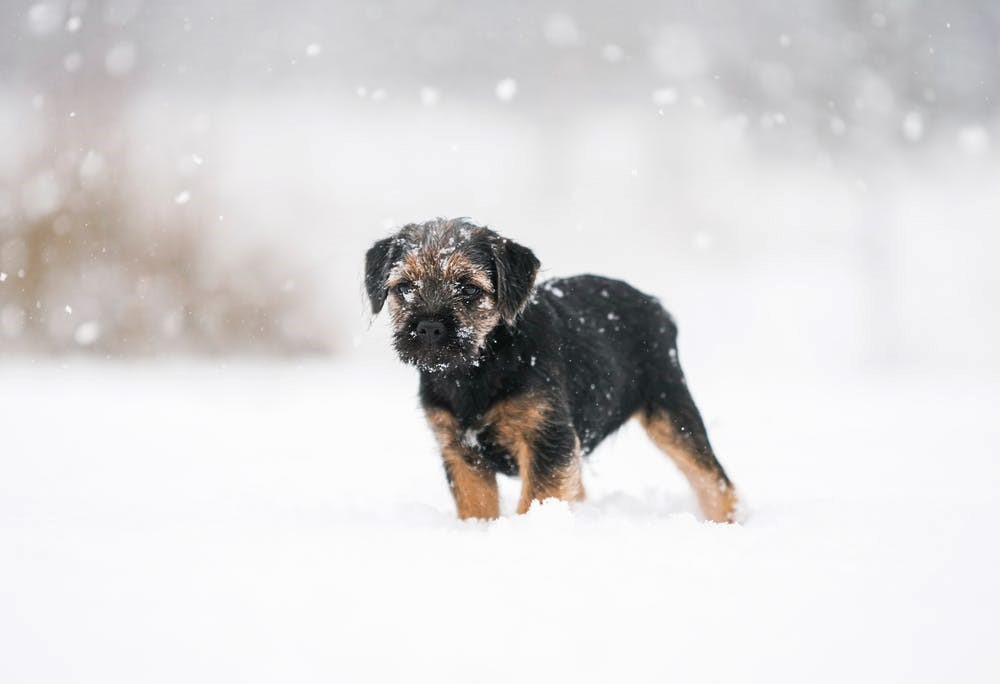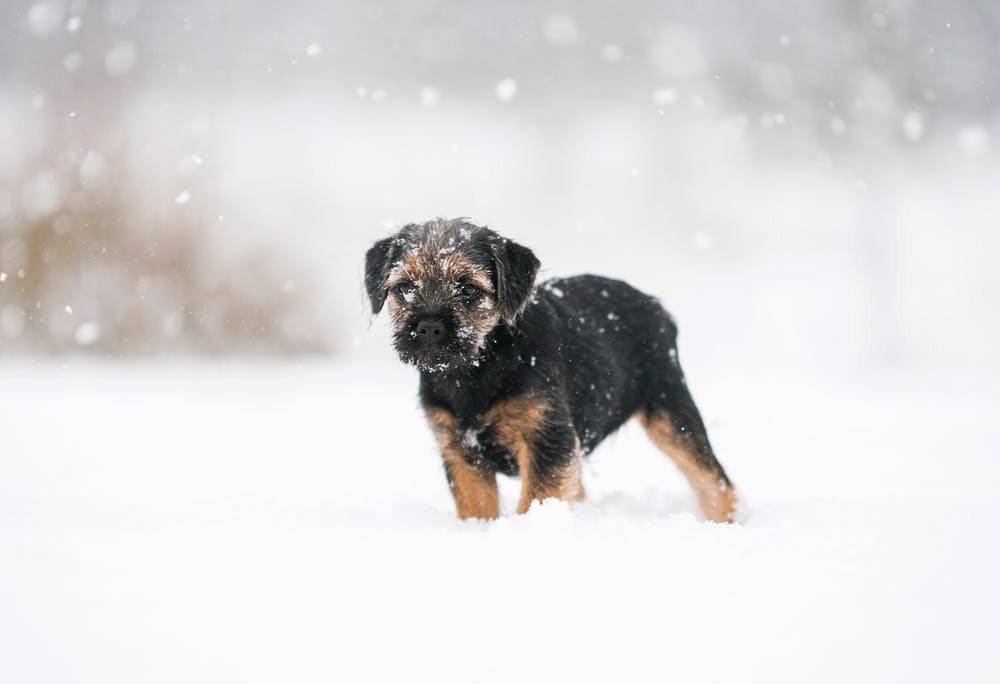
With the winter season upon us, it is important to remember that our furry friends can also get cold. If it’s too cold for you, then it’s too cold for your companion animal!
When the temperature drops below freezing, pets should not be left outside for extended periods. Cats, short-coated dogs and puppies are particularly vulnerable in cold temperatures. Keep cats indoors and protect your dogs from frostbite or hypothermia (cold stress) by taking them outside for short periods during cold weather. Some dogs, especially puppies and short-coated breeds, may benefit from a dog sweater or coat as an extra layer of warmth.
During the winter months, it’s a good idea to cut your walks short and supplement your companion animal’s exercise with some indoor activities.
Signs that your dog is cold
- Shaking or shivering
- Hunched posture with a tucked tail
- Whining or barking
- Change in behaviour, showing anxiety
- Reluctance to keep walking or tries to turn around
- Seeks places to shelter
- Lifts paw off the ground
Signs of hypothermia
If you suspect your furry friend is displaying signs of hypothermia, wrap them in a blanket or coat, seek warm shelter and contact your veterinarian immediately. Signs to watch for include:
- Weakness
- Lethargy
- Muscle stiffness
- Slow, shallow breathing
- Lack of mental alertness
- Fixed and dilated pupils
- Stupor-like state
- Loss of consciousness
Although it is important to pay attention to these signs, don’t wait to see the first signs of discomfort to seek shelter and warm up.
Other tips to keep in mind:
- When the temperature drops below freezing, your furry friends should not be left outside for extended periods.
- Cats, short-coated dogs and puppies are more vulnerable in cold temperatures.
- Keep cats indoors and protect your dogs from frostbite or hypothermia by taking them outside for only short periods.
- If needed, consider dog sweaters or coats as an extra layer of warmth for especially cold days.
- Never shave your dog down in the winter; a longer coat will provide more warmth.
- When bathing your dog during winter months, be sure they are completely dry before taking them outside.
More precautions:
- Use a damp towel to wipe your dog’s paws and underside after being outside.
- Salt and other chemicals used to melt snow and ice on roads and sidewalks can irritate and burn your furry friend’s paws – and cause illness if ingested.
- Consider using “booties” to protect paws.
- Keep your dog on a leash, especially during a snowstorm, since dogs can have difficulty following a scent in fresh snow and can easily become lost.
- Ensure your furry friend has a warm place to sleep away from drafts and off the floor – a thick cozy dog or cat bed with a blanket or pillow is great!

